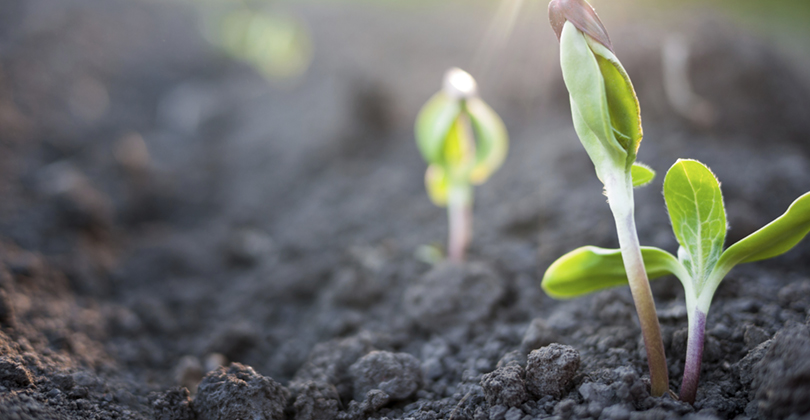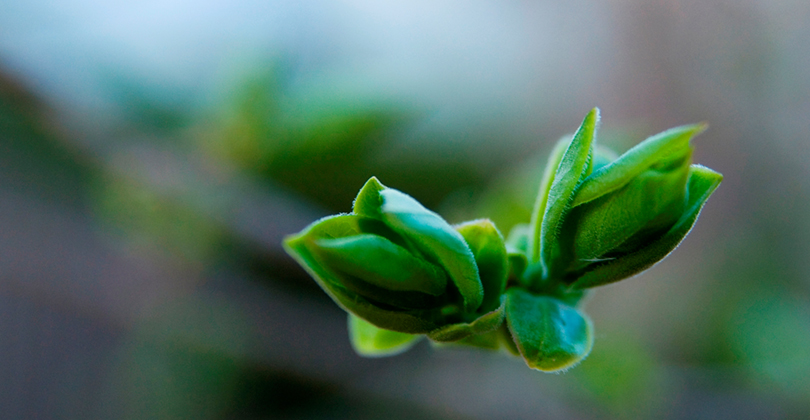Creating a sustainable product and attracting consumers can seem like a complicated process. Yes, consumers want to feel good about what they buy and its effect on the environment—from electric cars to local food—but they aren’t often willing to pay much more than they would for a non-sustainable product. 78% percent of consumers say they want to buy more sustainable products, but only 43% will pay more. So the goal is to develop something that’s sustainable, affordable, and better.
Read moreBeing and buying green is all the rage with consumers these days. Consumers are becoming increasingly conscious of how the products they buy are made, where they’re made, and with what materials they’re made. Purchasing these green or sustainable products makes them feel good, and as the desire for sustainable products in the public grows, the production of these goods must also grow in order to supply the demand.
Read more
As the consumer desire for sustainable products grows, so does the public’s knowledge about sustainability and green initiatives. However, sustainability doesn’t have a single definition. Instead, there are a wide number of characteristics that, when attributed to a plastic, can determine its sustainability. And to each consumer, sustainability may mean something different. It’s important as a business to define your own sustainability goals in order to clearly communicate them to your customer.
Terratek® Flex Enhances Impact Strength and Compostability
Polylactic Acid (PLA) is one of the most widely used compostable bioplastic materials in the U.S. However, the impact strength and heat tolerance of the material is quite low, making it inadequate for more demanding applications. While there are many materials that can be added to PLA to enhance the physical properties, in doing so, most sacrifice compostability. Using Green Dot’s Terratek Flex compostable elastomeric bioplastic as an impact modifier for PLA has been shown to increase impact strength and flexibility while enhancing compostability.
Read moreFrom the 2014 International Home & Housewares Show
Green Dot Sales Representative Sarah Harbaugh attended the International Home and Housewares Show in Chicago. The show is the world’s premier housewares marketplace, featuring 2,100 exhibitors from 34 countries. Sarah went to the show to meet with company representatives and discuss their goals and achievements in making their products more sustainable. A recent survey found that 78% of consumers questioned said they buy green products or services.
Read moreMake more sustainable products with Terratek® wood composite
The size and inconsistency of most wood-plastic pellets present challenges for molders and manufacturers. Green Dot’s new optimized pellets provide better processing and superior parts.
Read moreBiocomposites vs. traditional plastics
Just how much are traditional plastics costing us? Are biocomposites the answer?

BioInspiration Case Study
How Green Dot teamed up with an eco-inspired company to create a flexible filament for 3D printers from compostable raw materials.
Pearl Jam Case Study
Learn how Pearl Jam partnered with Green Dot to create a gift that's true to their fans and to the environment.
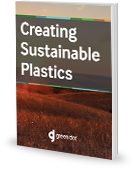
How to create more sustainable plastics
Learn how to meet growing demand for more sustainable products without compromising quality or cost.
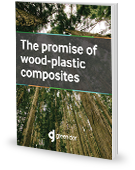
The promise of wood-plastic composites
Learn how plastics combined with organic material are emerging as a sustainable alternative to traditional plastics.
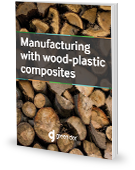
Working with wood-plastic composites
A guide for product designers and manufacturers working with sustainable biocomposites

Looking for an informative green design resource?
We write about eco-friendly design, trends in sustainable product development and news from the bioplastics industry.

